- An ode to the forest
- Welcome to Chai Time at Aramness
- Food That Nourishes
- Experience the Aramness Way
- Take A Walk On The Wild Side
- That Wonderful Time of the Year
- A Truly Iconic Safari Experience
- Diversity of life in the Gir ecosystem
- The Winter Season Safari Premiere
- From A Naturalist's Lens
- Embracing Stillness in Gir
- The Feathered Friends of Gir
- Our Closest Connection to Wilderness
- The Cuddly Side of Lions
- What Deer & Parakeets Reveal About Gir’s Wild Heart
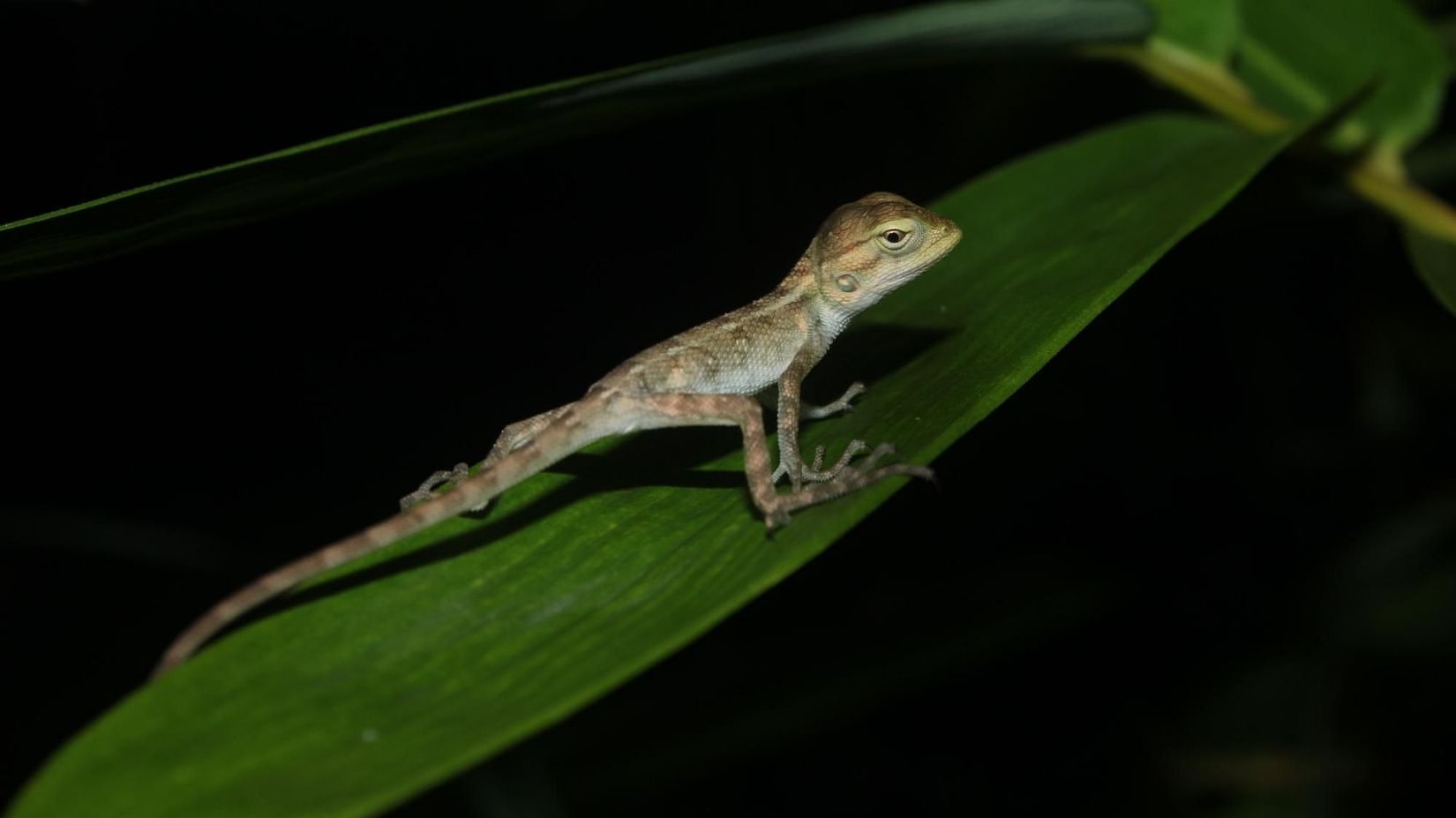
As a naturalist each day presents new set of challenges and opportunities, and we aim to showcase the abundance of life that is found in Gir through the varied shifts in seasons, writes Karthik Krishna.
Rains bring a lot of changes in a landscape and its inhabitants. After monsoons, the Gir forest transforms itself into a lush green scape with thick vegetation and grassy bushes. Ponds fill up, rivers rise and streams flow, and as they do, they also bring a new set of life along with them. Various creatures along with our own kind rely on the rain water to complete their life cycles, their roles in bringing new life or in moving to the next stage of their lives.
Activity among some creatures during and after rains is quite high due to the abundance of food they bring and several other weather conditions.
There are certain inhabitants (especially insects and birds) which are seasonal, time specific and conditions have to be right for their activity, which makes it not so easy to see them. Some are only active for weeks or even days and disappear into their homes, only to be back when the conditions are right again.
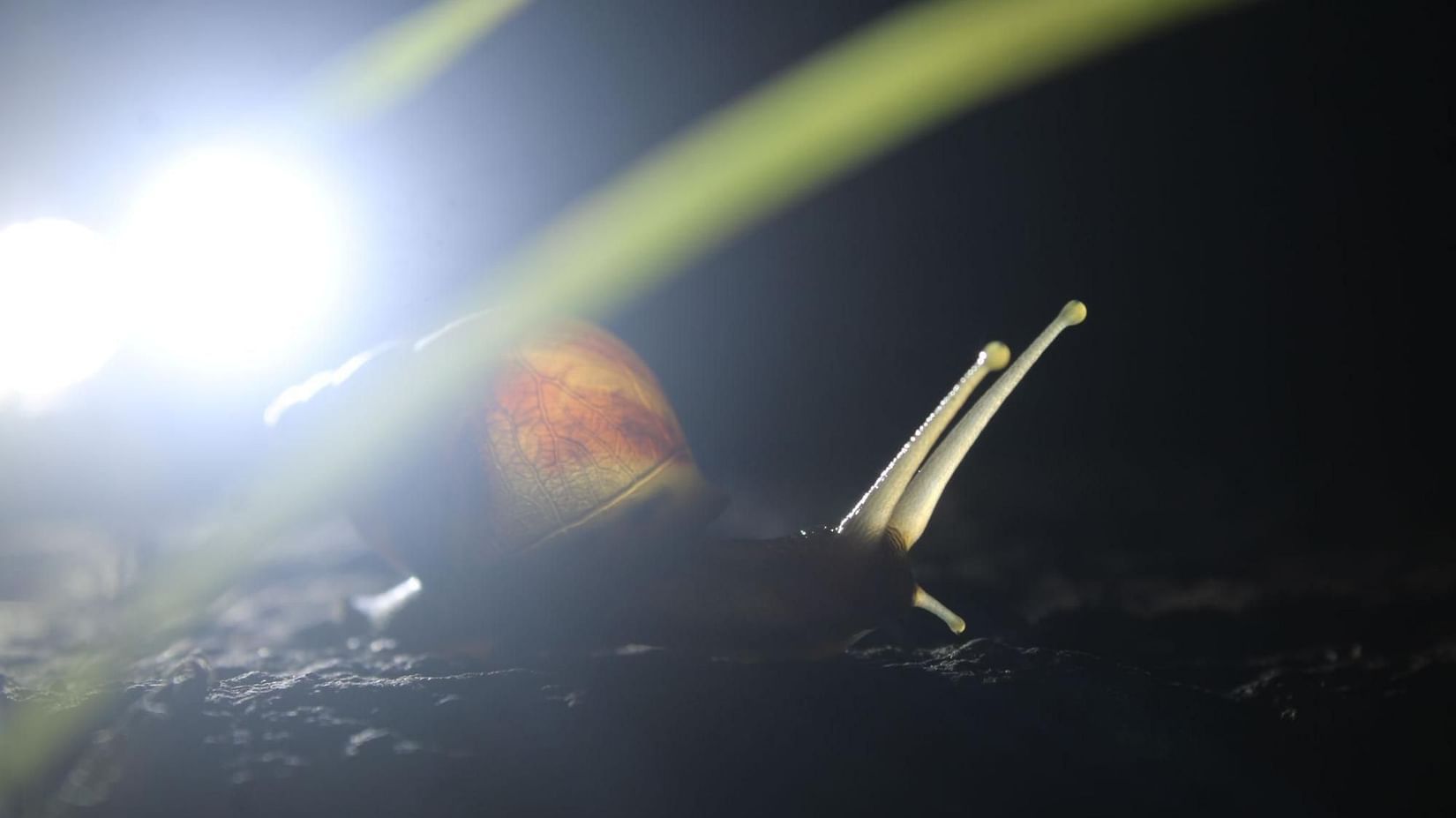
Snails move out after rains and they use these moist conditions for foraging or finding a mate. They need a high amount of humidity to carry out crucial physiological activities.
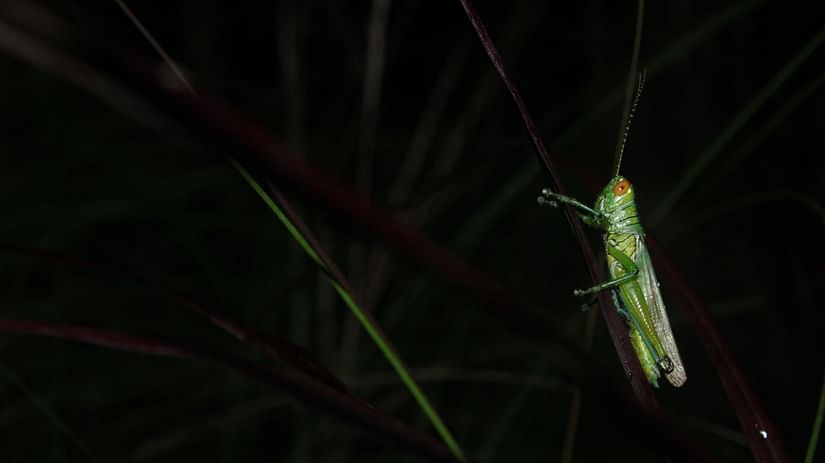
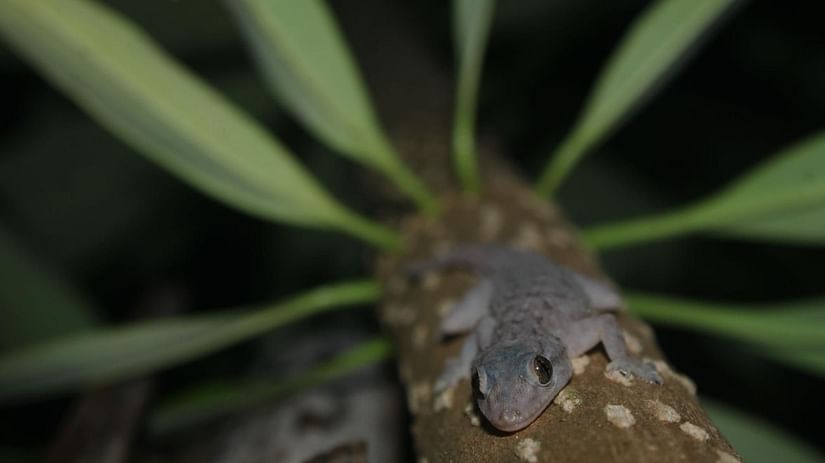
Oriental garden lizards also known as ‘changeable lizards’ due to their wide range of color variations can be seen especially during their breeding season in Sasan Gir when they try to attract mates. They primarily feed on insects and this season is best for the newcomers to learn and grow quickly as the season provides a plenty of opportunities to capture prey.
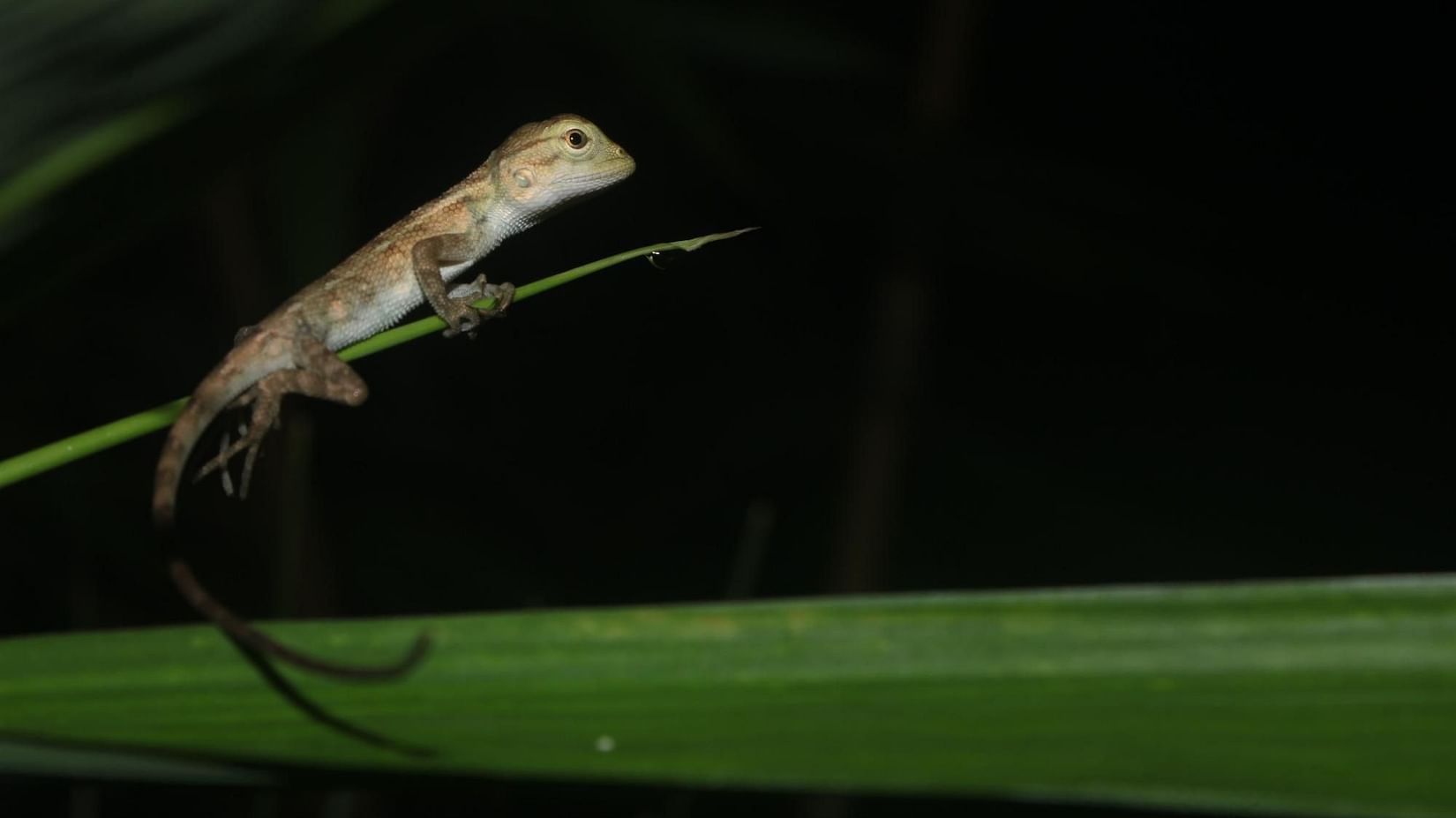
A juvenile garden lizard about a few days old made its territory close to our Yoga Pavilion and certainly it must have picked up some moves from our yoga master.
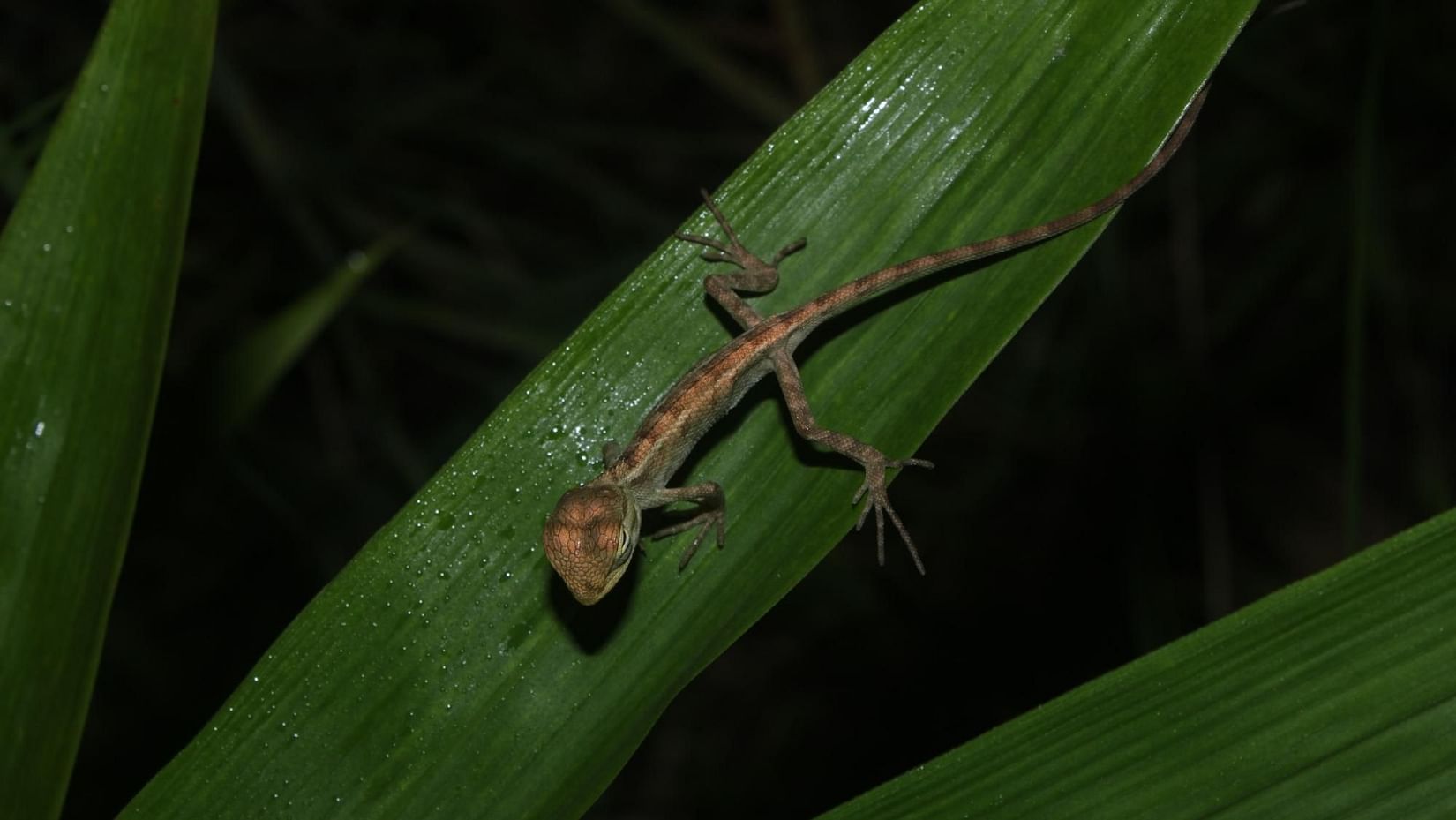
Dragonflies spend the initial stage of their lives in water as larvae. They go through transition (metamorphosis) and move to the next stage of their life where they acquire wings and take up to the skies. They rely on small ponds, marshes and streams where they can breed and lay eggs and our lodge has many ponds which support their living conditions.
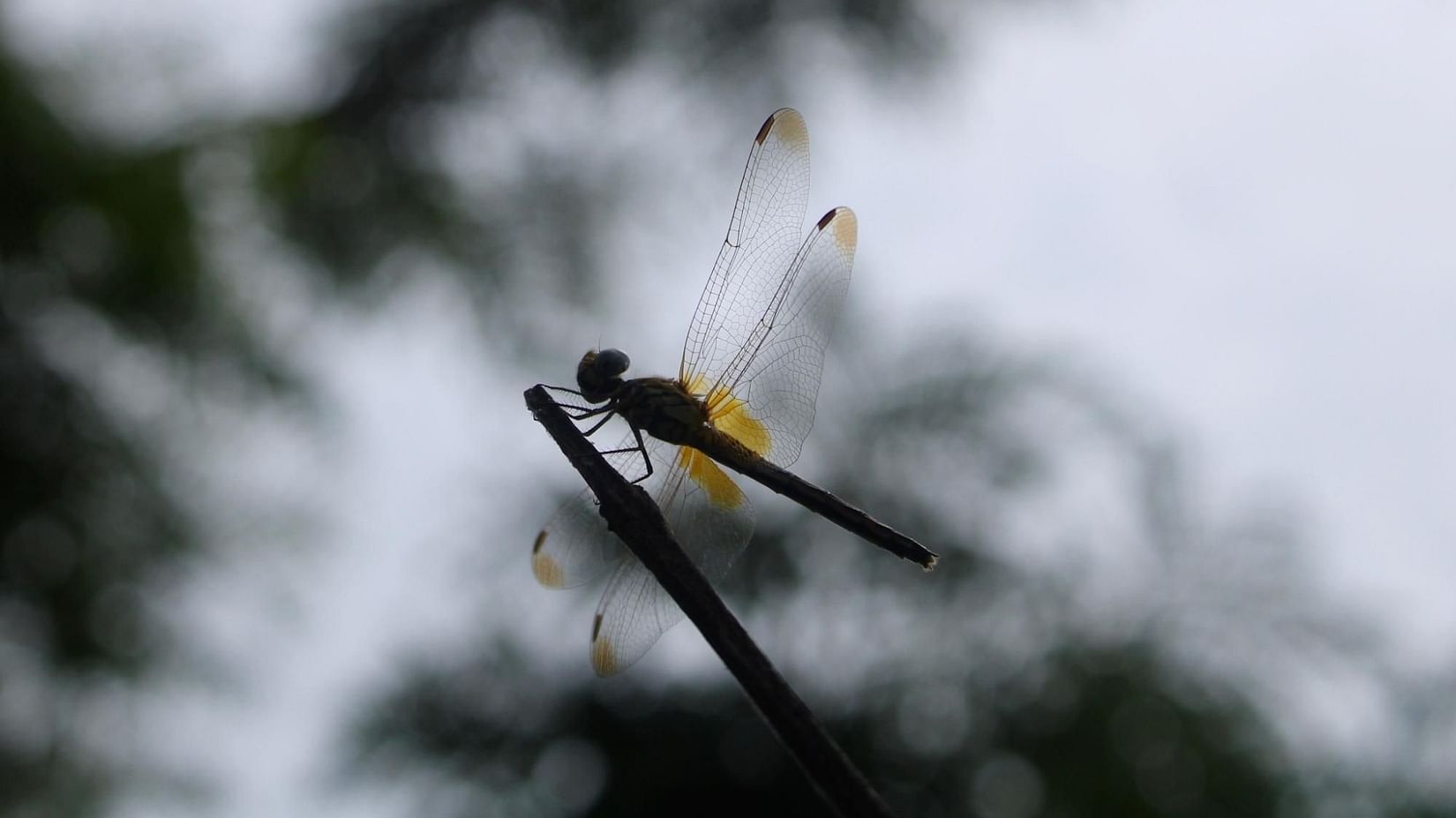
The globe skimmer or wandering glider is very popularly known for its incredible migration. They form huge swarms and travel hundreds of kilometers to complete their journey.
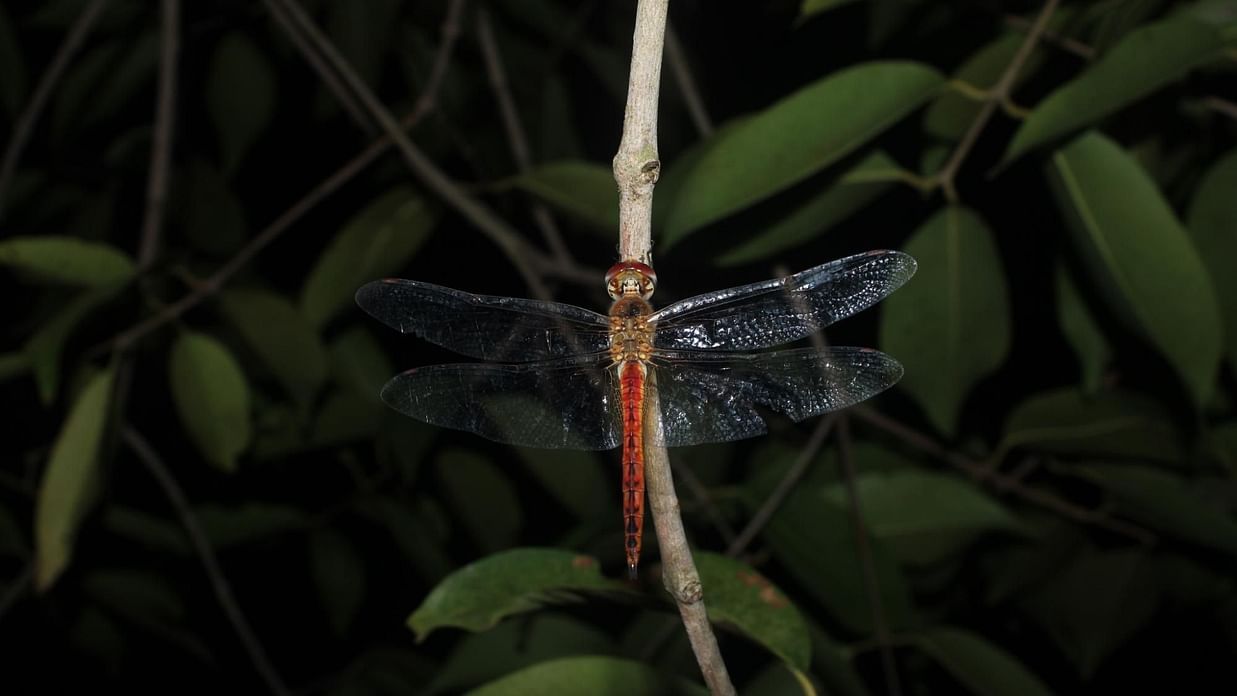
Globe Skimmer
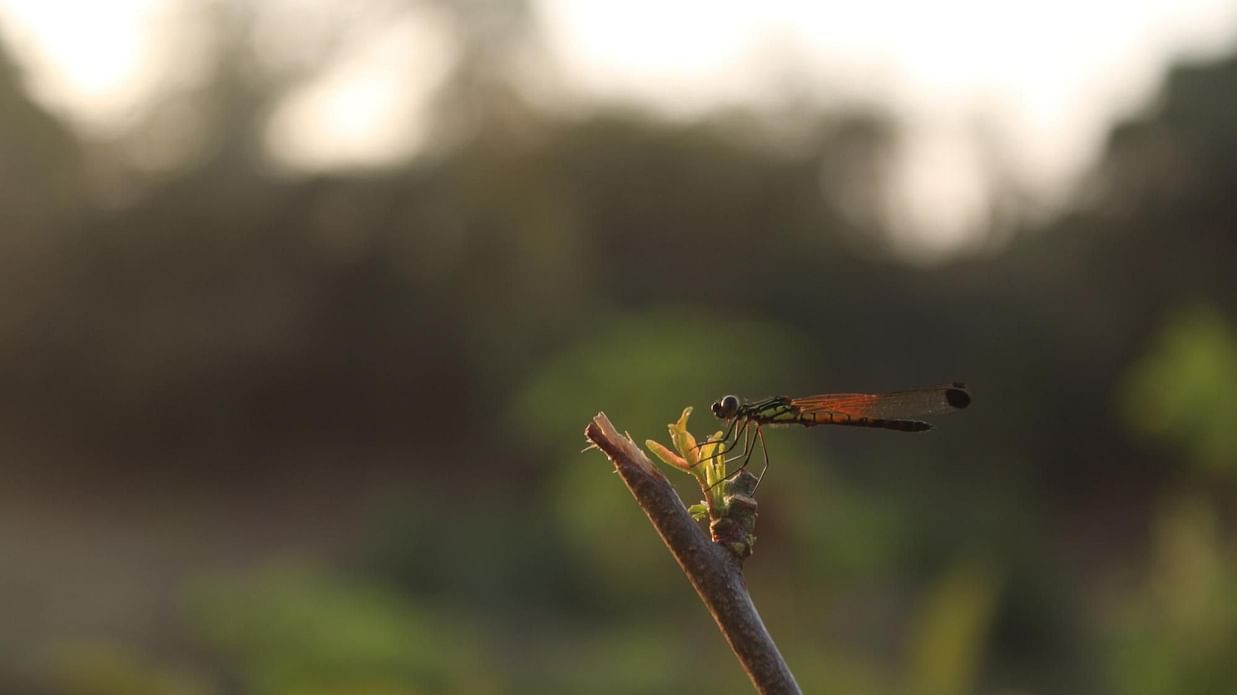
River Heliodor
Amphibians spend quite a fascinating life, and water is essential for their survival and our lodge is not at all an exception as it holds a lot of rain water ponds and puddles within the property. We can spot common toads, tree frogs, narrow mouthed frogs, grass frogs, bullfrogs and even painted frogs within the property. Activity of frogs is quite high after rains and we can hear them croaking and calling for mates all night.
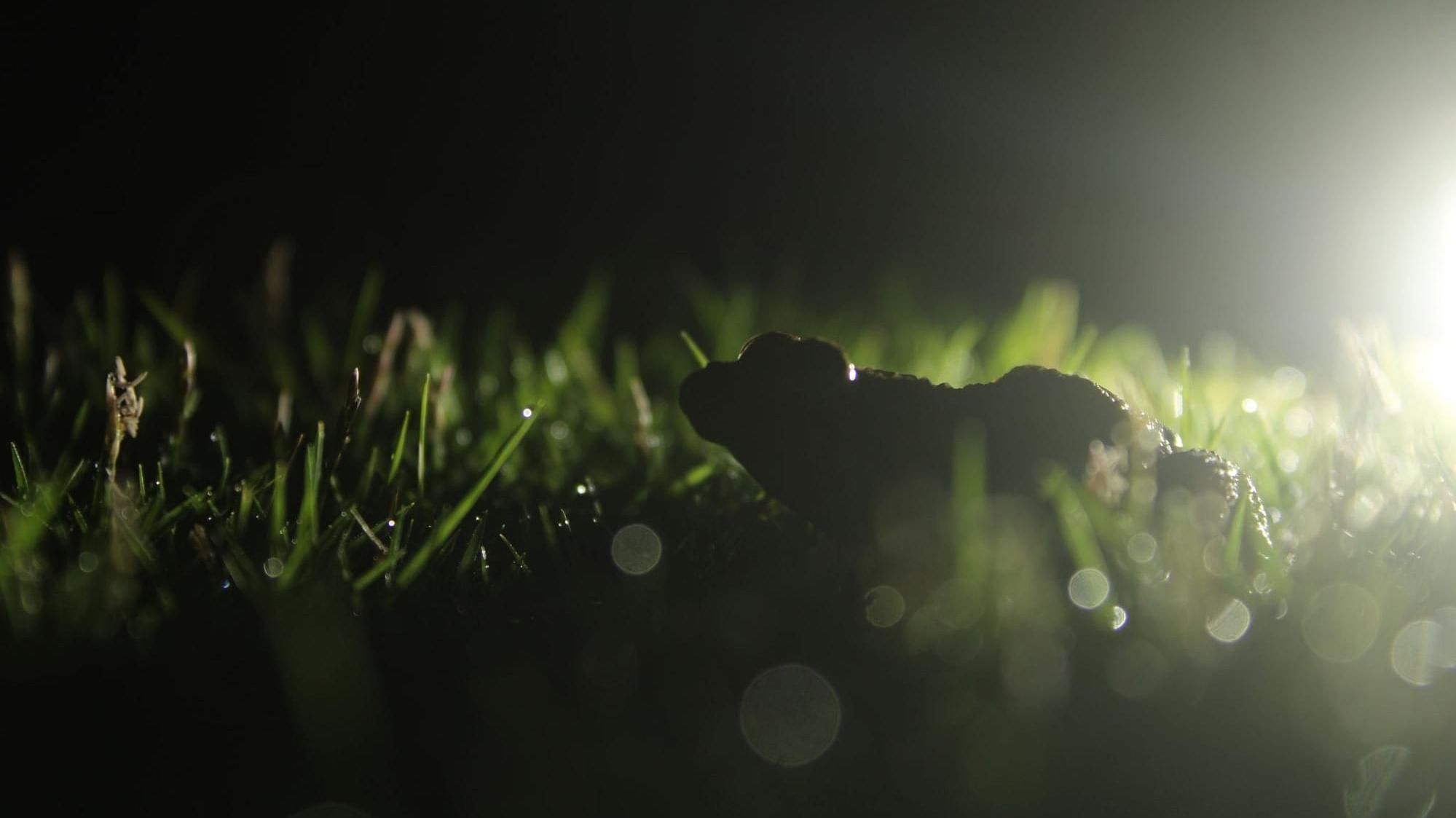
A foraging grass frog close to a garden lamp in the lodge
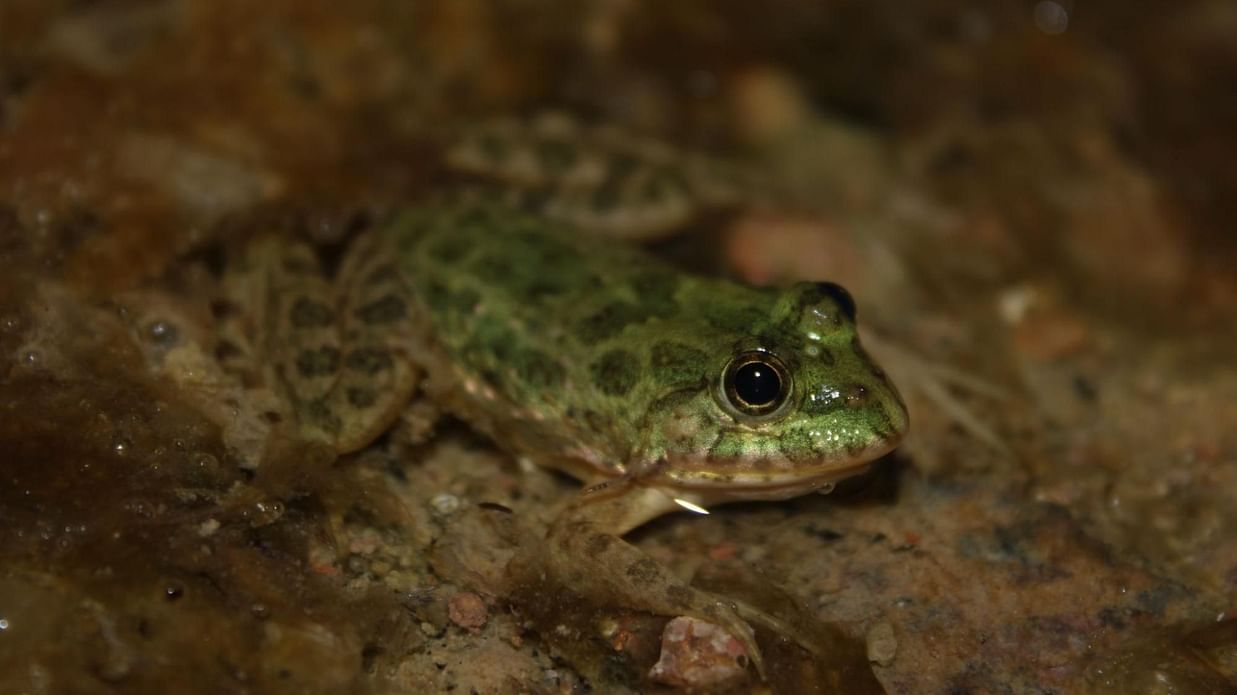
Indian Skittering frog
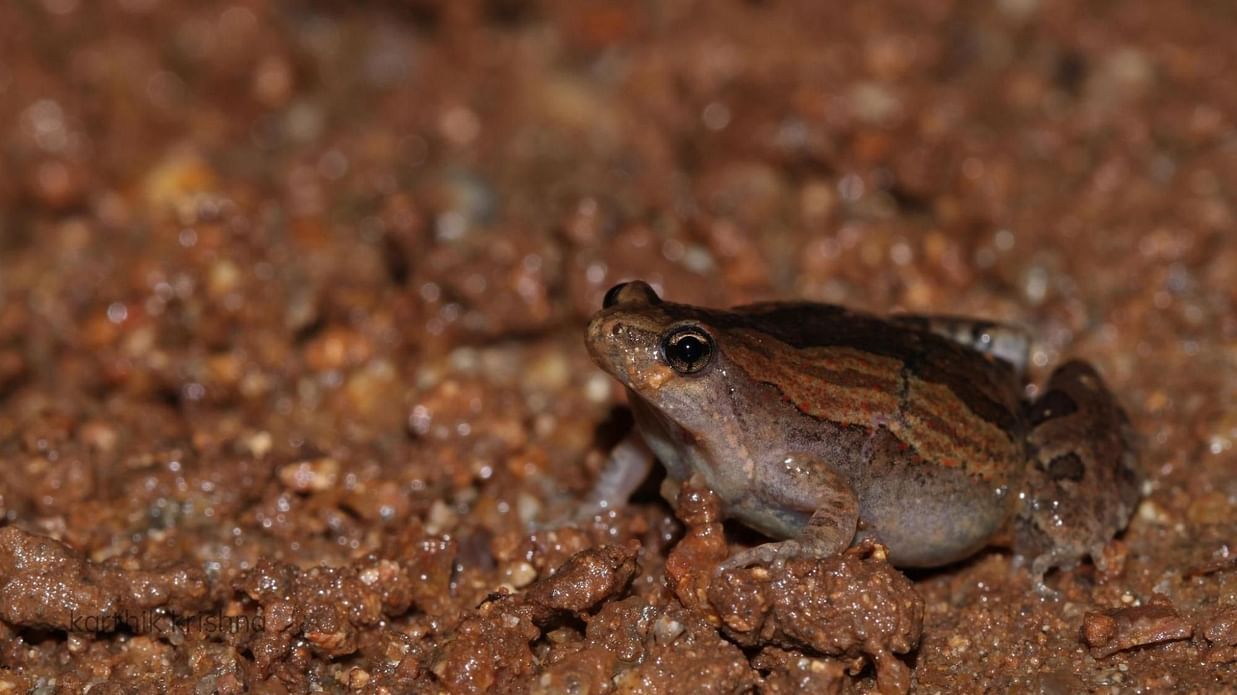
Ornate narrow mouthed frog
Moths are amazing creatures, they help in pollination and indicate the health of an ecosystem. They also play an important role in food webs and are food for many birds, bats, lizards, frogs and other small animals. Most of the moths are nocturnal but some can also be seen during the day and twilight period. To avoid being eaten, some moths have evolved to look like less palatable insects, such as wasps, tarantulas, and the praying mantis. Some moths even mimic bird droppings.
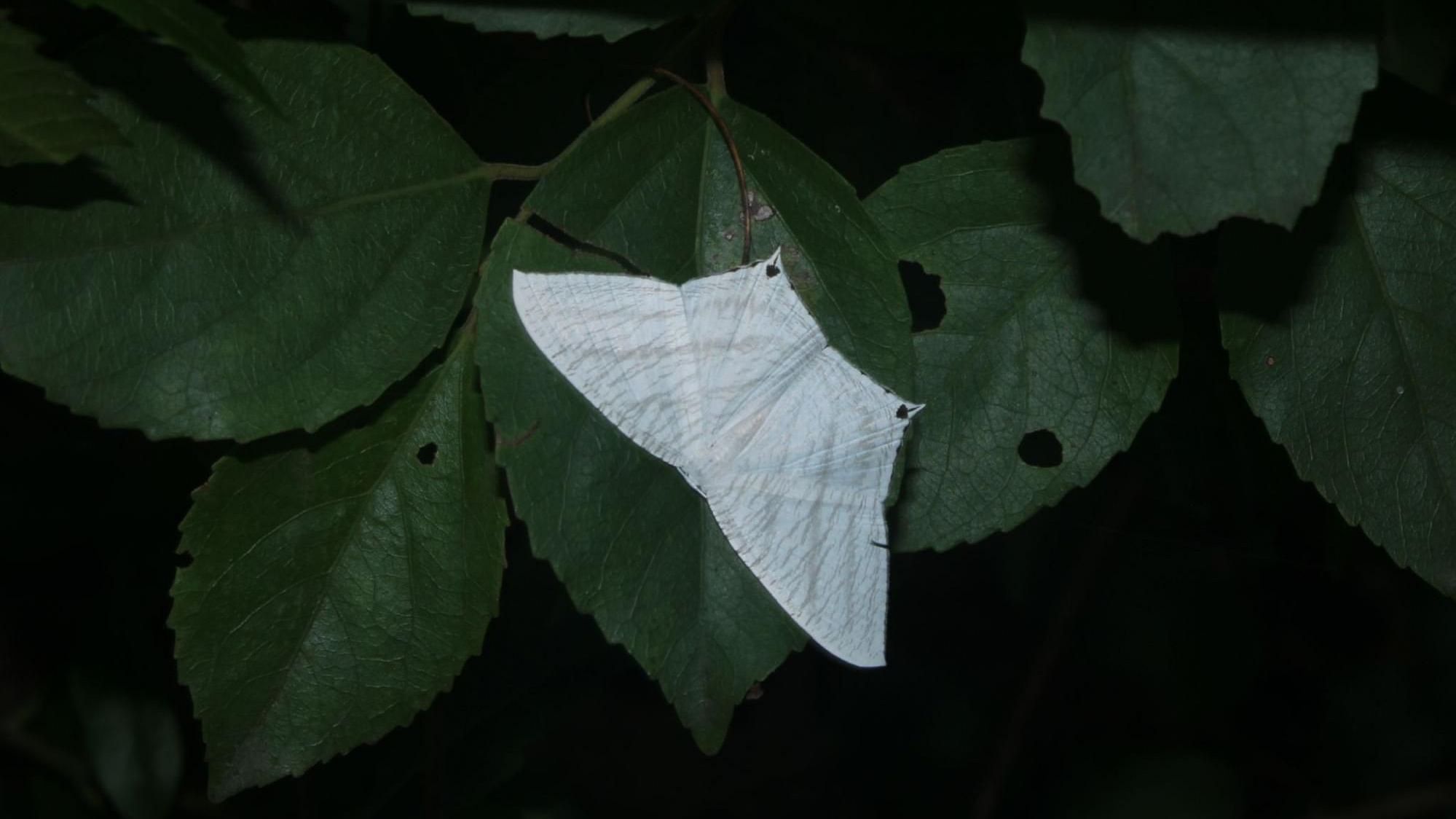
Grey swallowtail moth
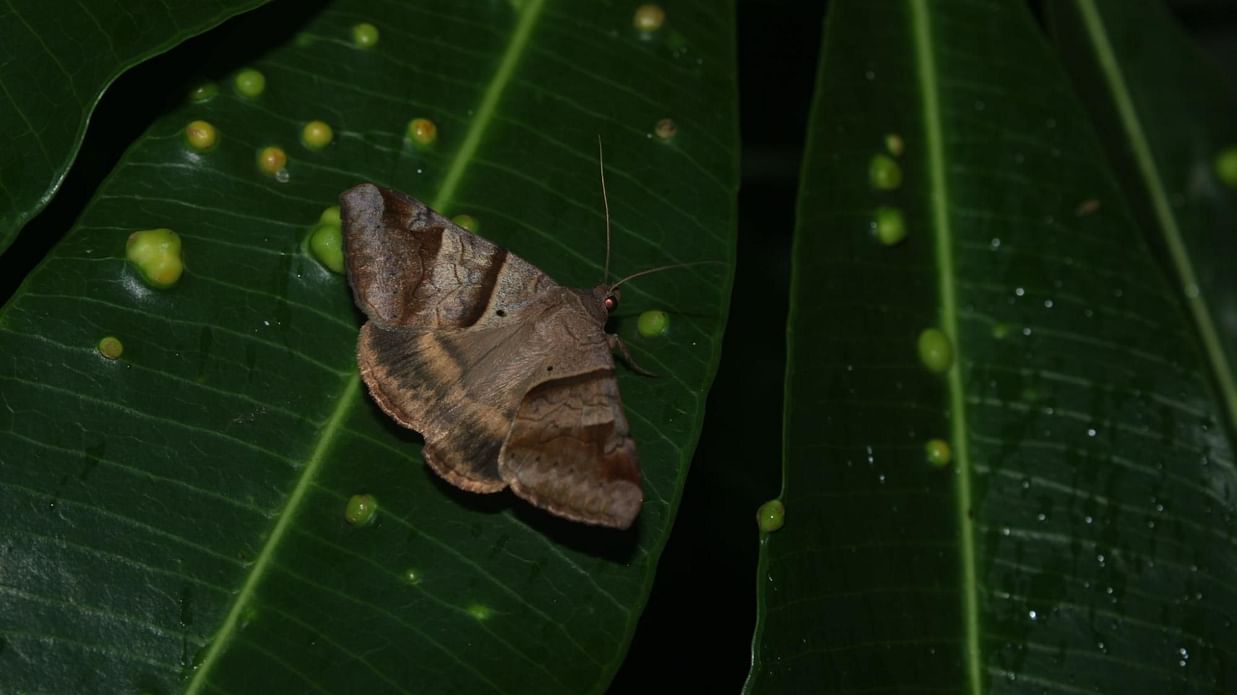
Brown-striped semi looper
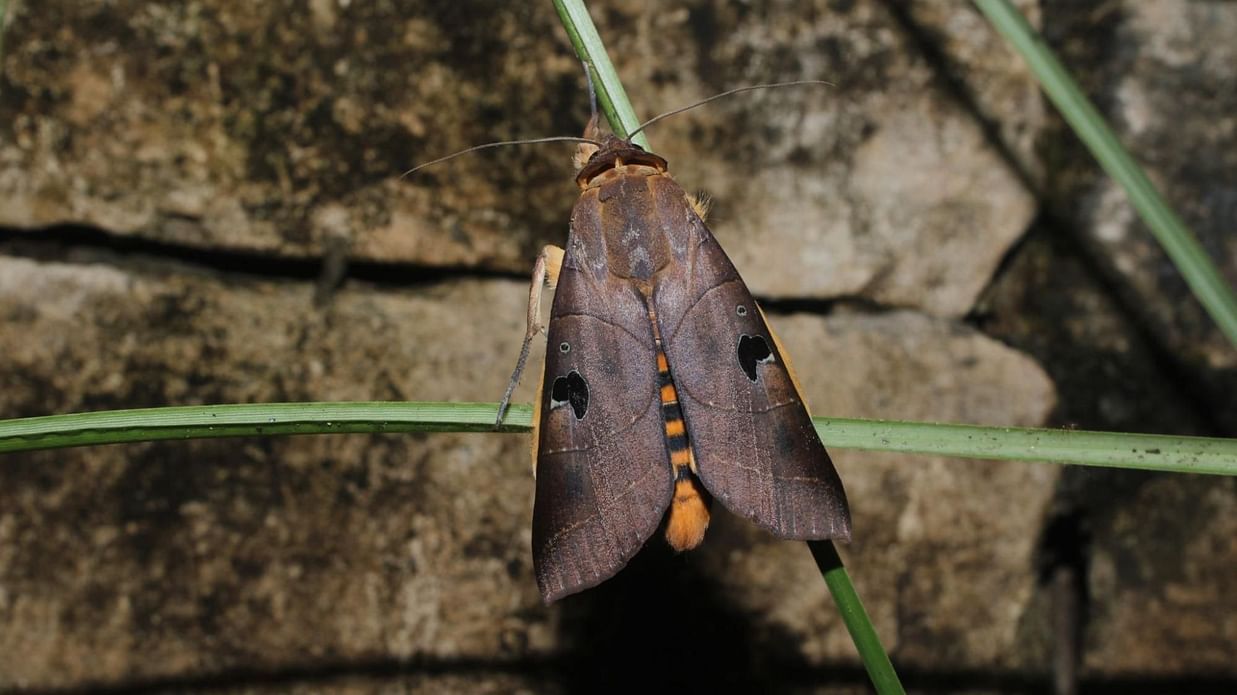
Yellow underwing
There are a lot of other creatures like snails, slugs, geckos, grasshoppers, worms, millipedes which show up after rains and make use of the wet, moist conditions for feeding, breeding and other set of activities, and at Aramness one gets to witness all of it at one’s own pace.

